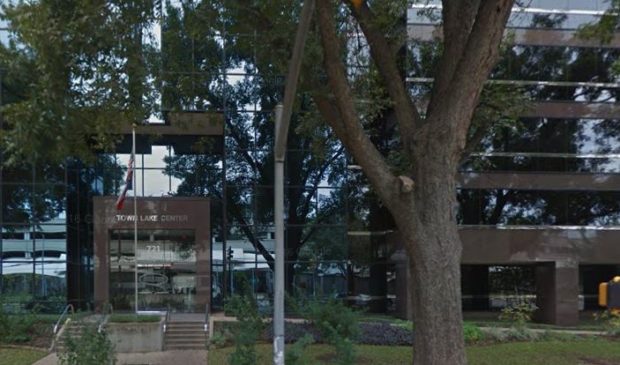Austin Energy struggles to fill vacancies with outdated hiring process
Monday, March 27, 2017 by
Joseph Caterine Facing a wave of retirement over the next three to five years, Austin Energy urgently needs to revamp its hiring approach, staff told the Electric Utility Commission at its March 20 meeting.
“We do very passive recruiting here,” said Chief Financial Officer Mark Dombroski at the meeting. “We need to change that. We need to go after them.”
Many of the retirements will be from technical positions, according to a recent workforce profile, explained Chief Operating Officer Elaina Ball. “They are the backbone of our system,” she said. “You can’t hire that expertise in a consultant off the street.”
And yet hiring contractors is exactly what Austin Energy is forced to do when it can’t fill vacancies, paying them two or three times as much as they would an employee to do the same work. “It’s not cheaper for us to leave (a position) vacant; it’s actually more expensive,” Dombroski said.
According to Austin Energy’s human resource statistics for the past year, 44 percent of vacancies are a result of internal promotions within the department, 27 percent are from retirements and 13 percent are from resignations.
“Do you consider that to be a low number for the number of resignations?” asked Commissioner Stefan Wray.
“I don’t have a benchmark,” Dombroski said, “but it’s not far off from industry.”
Over the past half year, Austin Energy’s number of position vacancies has hovered around 6 percent, but the average number of days a position remains vacant rose from 100 days last October to over 140 days in February.
The department confronts a few challenges in bringing on new talent. Lacking a human capital management system, Austin Energy’s Human Resources Department relies on a manual vetting procedure that can stretch the time from when an opening is posted to when a candidate is chosen to upward of 120 days.
On top of that, city code places restrictions on all departments’ hiring timetables, resulting in what Commissioner Cary Ferchill called a “super duper competitive disadvantage.”
Hiring, which used to be a 45-step process, now is only 18 steps, Dombroski said, so progress has been made. But the department inevitably runs into a wall with its “1970s technology.”
Pay is another big issue, Ball said. It’s hard for the city to match the salaries of private tech and energy companies, although a market study of 15 other utilities is currently underway to analyze the payscales of the more hard-to-fill positions that are unique to municipal utilities.
“It is important that we put together a competitive posture to attract and retain engineers and technical talent to support these cutting-edge programs that we’re employing,” Ball said.
Austin Energy is taking proactive steps to attract a bigger and better candidate pool. There are plans to implement career progression programs, and Dombroski said the utility wants to reach out more to the local community, recruiting at universities, trade schools and even high schools.
Ultimately, however, Austin Energy needs updated technology to meet its hiring goals, namely in the form of a citywide human capital management system. “We’d greatly benefit from that across the board,” Dombroski said.
The Austin Monitor’s work is made possible by donations from the community. Though our reporting covers donors from time to time, we are careful to keep business and editorial efforts separate while maintaining transparency. A complete list of donors is available here, and our code of ethics is explained here.
You're a community leader
And we’re honored you look to us for serious, in-depth news. You know a strong community needs local and dedicated watchdog reporting. We’re here for you and that won’t change. Now will you take the powerful next step and support our nonprofit news organization?









